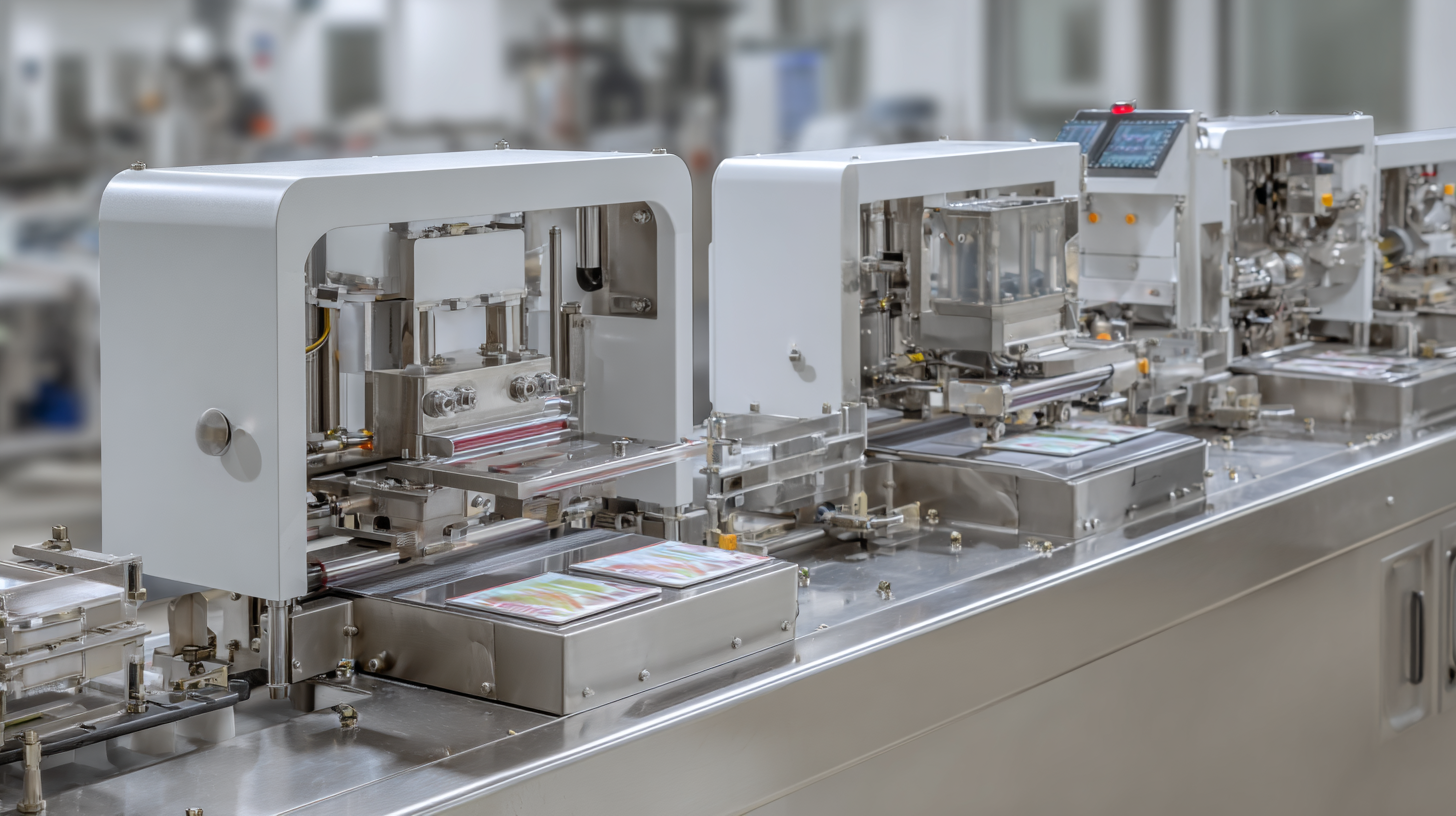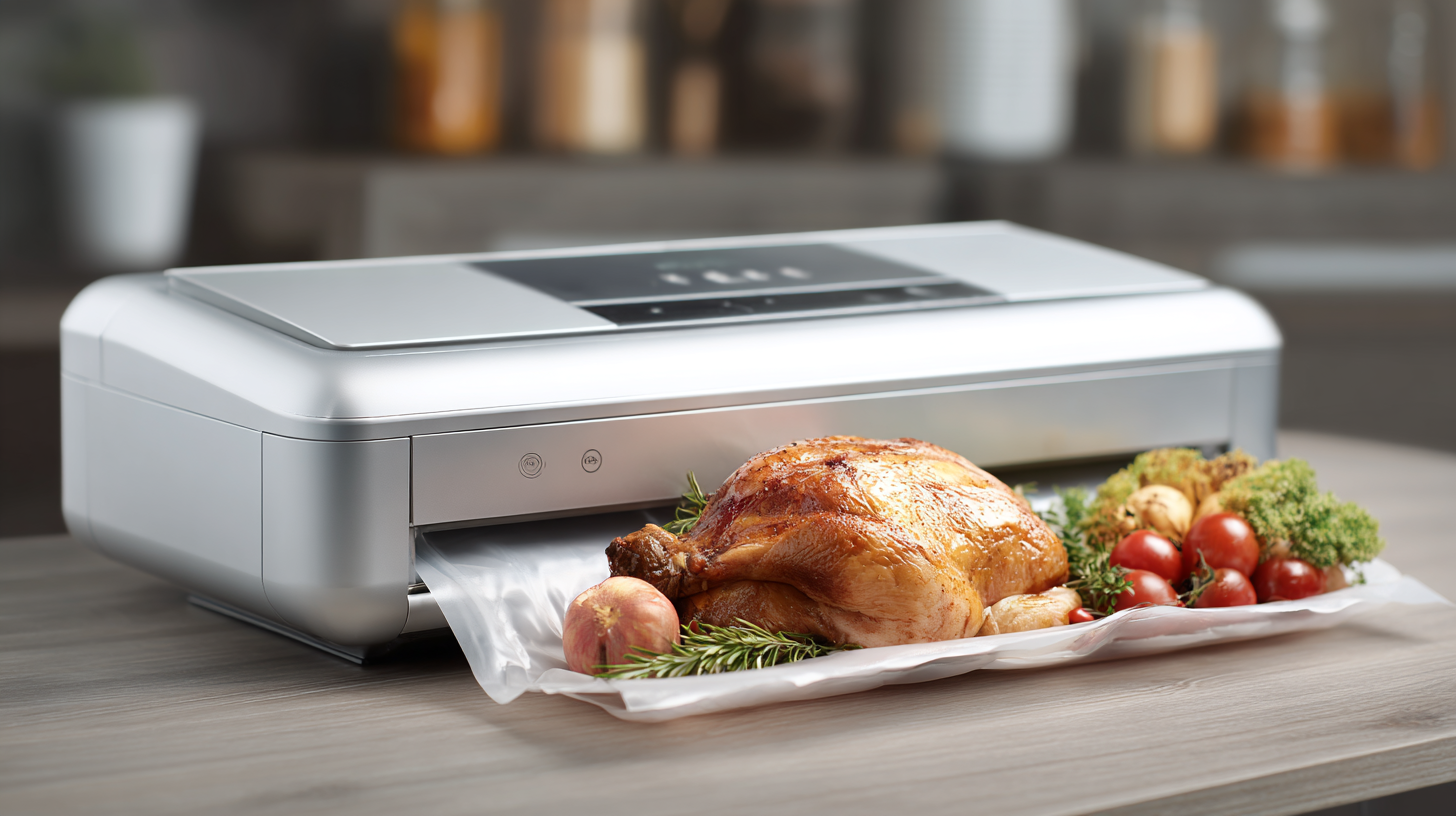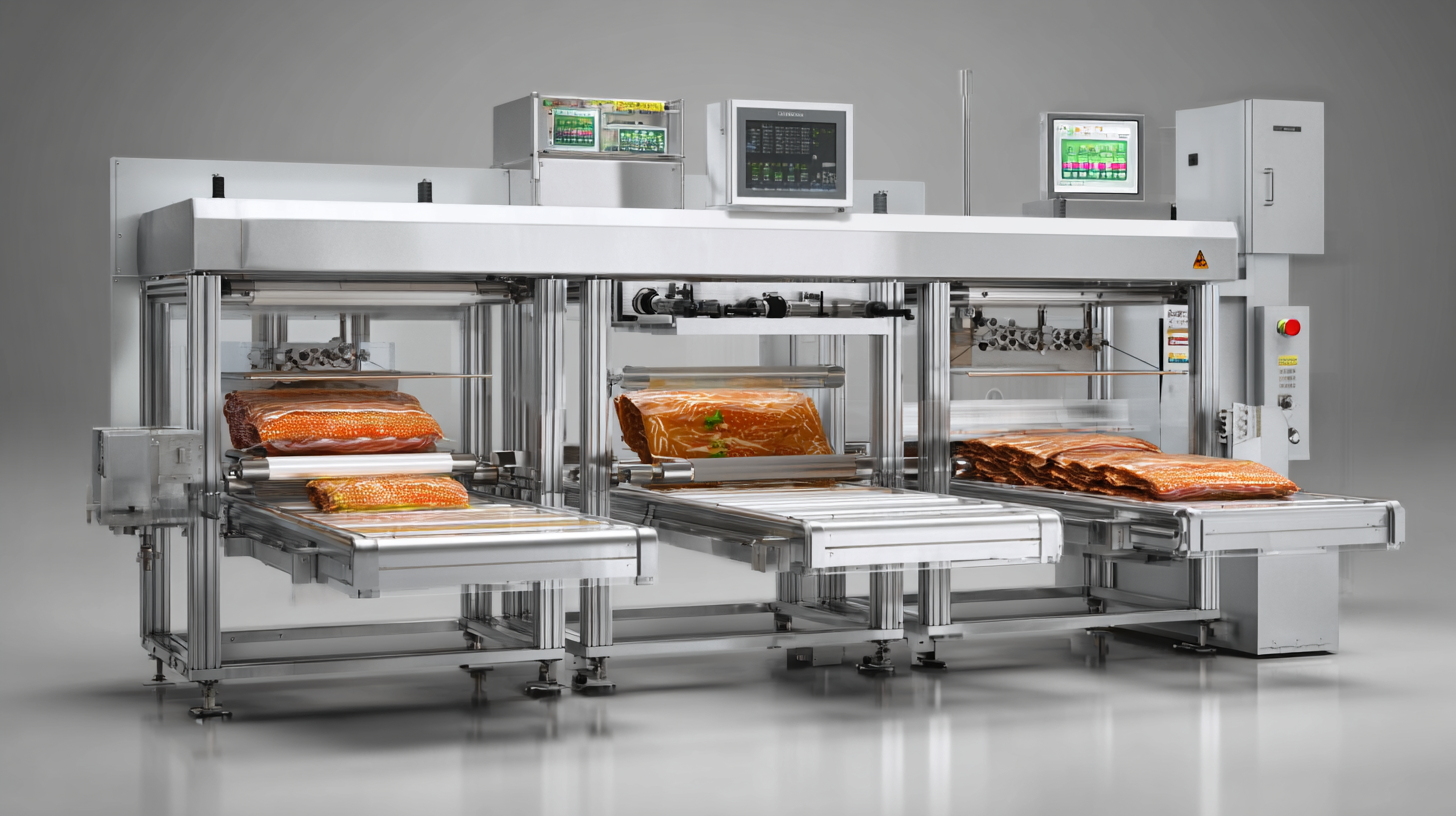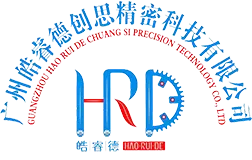Leave Your Message
The impact of vacuum packaging machines on food preservation and shelf life cannot be overstated, as they play a vital role in the food industry by extending the freshness and quality of products. According to a report by MarketsandMarkets, the global vacuum packaging market is projected to reach $32.34 billion by 2025, driven by the growing need for better food preservation techniques. Vacuum packaging machines remove air from packaging, significantly reducing oxidation and microbial growth, which are major contributors to food spoilage. Research indicates that vacuum-sealed products can last up to five times longer than traditionally packaged items, making these machines essential for both commercial producers and households alike. Understanding the top strategies for effectively utilizing vacuum packaging technology can help maximize its benefits, ensuring not only longer shelf life but also improved food safety and reduced waste.

Vacuum packaging machines play a crucial role in extending the shelf life of perishable foods by significantly reducing the oxygen levels inside packaging. According to a study published by the Food Packaging Association, vacuum sealing can increase the shelf life of meat products by up to 5 times compared to traditional packaging methods. This is achieved by minimizing the growth of aerobic bacteria and molds that thrive in oxygen-rich environments, thus preserving the quality and freshness of food for extended periods.
Furthermore, research from the Institute of Food Technologists highlights that vacuum packaging can retain flavor, color, and nutritional value, crucial factors for consumers. By eliminating air and reducing spoilage rates, vacuum-sealed food can maintain its integrity for longer periods, which is particularly beneficial for commercial operations aiming to minimize waste. For example, fish packaged with vacuum technology can last up to 14 days in a refrigerator, whereas conventional methods may only offer a shelf life of 3-4 days. This efficiency not only helps in food preservation but also enhances food safety, making vacuum packaging an essential tool in modern food storage and distribution practices.
This chart illustrates the average shelf life extension of various perishable foods when vacuum packed compared to traditional storage methods.
Improper packaging is one of the leading causes of food spoilage, affecting both the quality and safety of products. According to key industry data, a staggering 30% of all food worldwide is wasted due to inadequate preservation methods. This loss not only impacts the economy but also has significant environmental repercussions, as spoiled food contributes to landfill waste and greenhouse gas emissions. The benefits of proper vacuum packaging can't be overstated, as it effectively extends the shelf life of various food items by minimizing air exposure and thus reducing oxidative deterioration.

Furthermore, studies indicate that vacuum-sealed products can have a shelf life that is 3 to 5 times longer than their traditionally packaged counterparts. This is especially crucial for perishables such as meats, cheeses, and vegetables, which are highly prone to spoilage. By employing high-quality vacuum packaging machines, food businesses can significantly reduce spoilage rates, leading to greater customer satisfaction and lower operational costs. Ultimately, investing in the right vacuum packaging technology not only preserves food quality but also plays a vital role in promoting sustainability within the food industry.
When it comes to food preservation, understanding the differences between vacuum-packed and non-vacuum-packed foods is crucial. Vacuum packaging works by removing air from the packaging, significantly reducing the presence of oxygen that can lead to the growth of mold and bacteria. This method helps in extending the shelf life of various foods, from meats to vegetables, keeping them fresher for longer periods. In contrast, non-vacuum-packed foods are exposed to air, which accelerates spoilage and diminishes their flavor and nutritional value over time.
A comparative analysis reveals that vacuum-packed foods can last several times longer than their non-vacuum counterparts. For instance, vacuum-sealed meats can remain consumable for up to two to three years when frozen, whereas non-vacuum-packed versions typically last only a few months. This extended shelf life not only reduces food waste but also allows consumers to stock up on items without worrying about quick spoilage. Additionally, the vacuum sealing process often retains more nutrients, flavor, and texture, making meals more enjoyable even after a prolonged storage period. Clearly, vacuum packaging offers significant advantages in food preservation, providing both practical and quality benefits.
| Food Item | Shelf Life (Vacuum-Packed) | Shelf Life (Non-Vacuum-Packed) | Nutritional Retention (%) | Moisture Loss (%) |
|---|---|---|---|---|
| Meat | 1-3 years | 1-2 weeks | 90% | 2% |
| Cheese | 6-12 months | 1-2 months | 85% | 5% |
| Rice | 5-10 years | 1-2 years | 80% | 1% |
| Vegetables | 1-2 years | 1-2 weeks | 75% | 3% |
| Fruits | 1-2 years | 1-3 weeks | 70% | 4% |
The vacuum packaging industry plays a crucial role in enhancing food safety standards, yet it faces significant challenges that can impact its efficacy. One major issue is the variability in regulations across different regions. According to a report by Research and Markets, the vacuum packaging market is expected to grow substantially, reaching $36 billion by 2025, but differing safety regulations can complicate compliance for manufacturers. This inconsistency can lead to confusion regarding acceptable practices, potentially compromising food safety and public health.
Moreover, the threat of contamination remains a persistent concern. A study published in the Journal of Food Protection found that vacuum-sealed foods can still harbor pathogens if not properly handled or processed. According to industry surveys, 28% of food safety professionals cited inadequate processing conditions as a top risk factor for foodborne illness associated with vacuum-packed foods. As manufacturers strive to improve their products and meet increasing consumer demand, addressing these challenges will be essential to ensure that vacuum packaging fulfills its promise of prolonging shelf life and enhancing food safety.
Vacuum packaging has transformed the food industry by significantly extending the shelf life of various products. In the seafood sector, companies have successfully employed vacuum sealing to preserve freshness and flavor. A notable case study involves a fish distributor that faced challenges with spoilage during transportation. By implementing vacuum packaging, they successfully reduced spoilage rates by over 30%, allowing them to expand their market reach and ensure product quality upon arrival.
Similarly, the meat industry has seen remarkable improvements through vacuum packaging. A local butcher shop adopted this method to extend the shelf life of its products without the need for preservatives. Customers appreciated the enhanced freshness, and sales increased as the shop could maintain its inventory longer without compromising quality. These case studies underscore the versatility of vacuum packaging across different food sectors, illustrating its vital role in food preservation while meeting consumer demands for better quality products.

